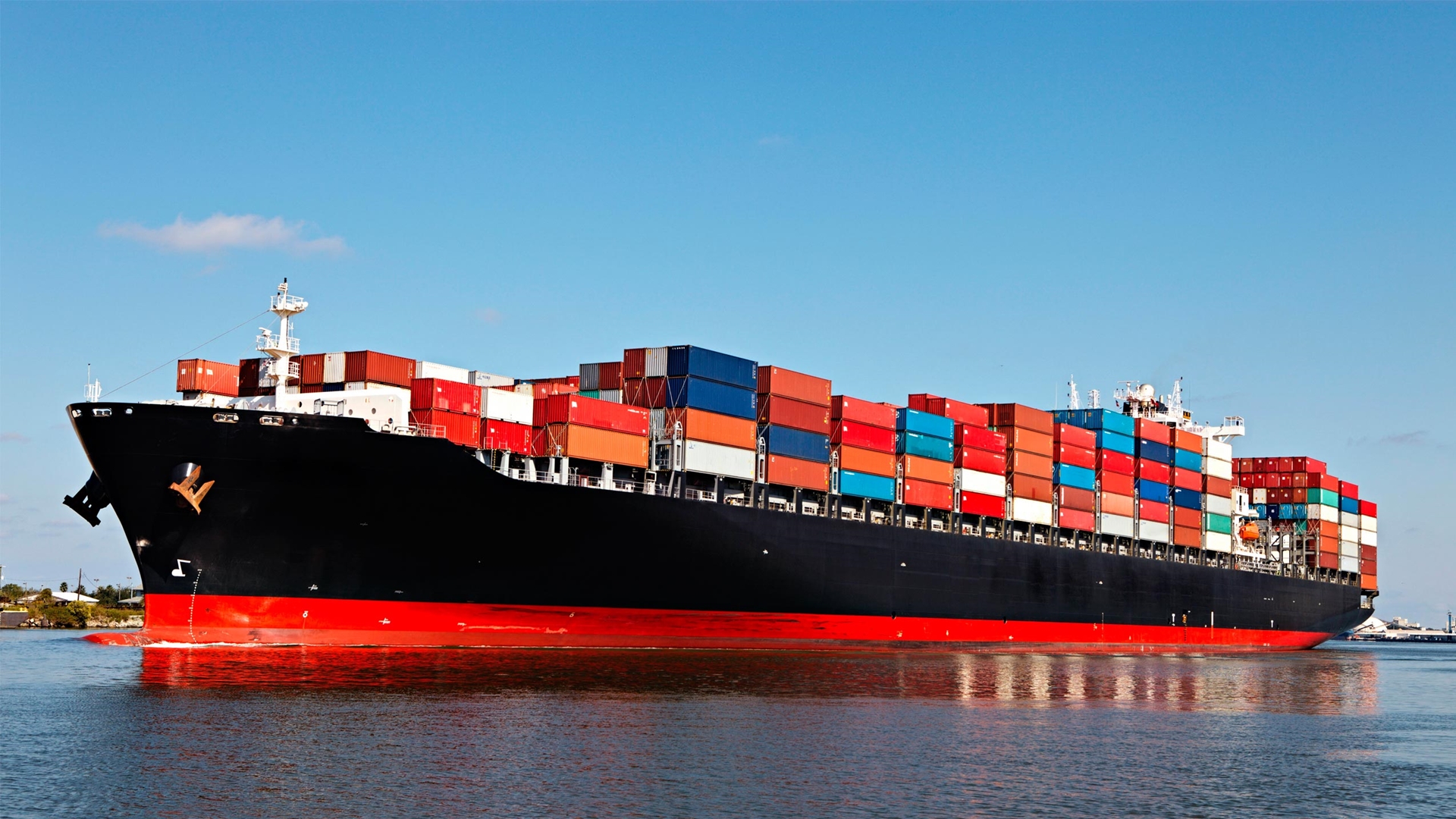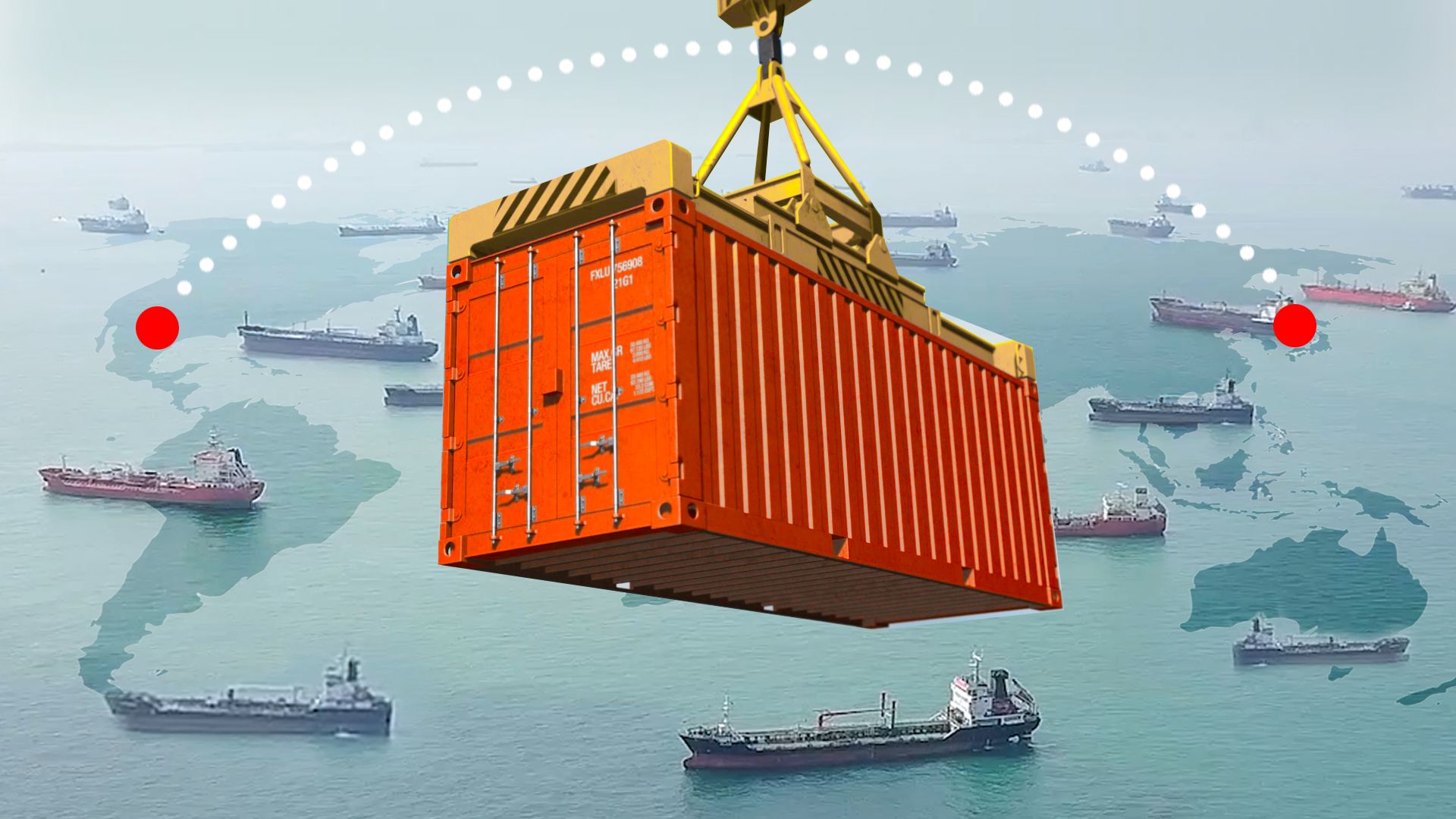Sailboats have long been revered as one of the most elegant and thrilling vessels in the world. Relying on wind power for propulsion, these boats combine the art of sailing with the science of aerodynamics and navigation. Whether for leisure, competition, or exploration, sailboats offer an experience unlike any other, combining the serenity of the open water with the excitement of harnessing nature’s force. In this article, we’ll explore the history, types, and appeal of sailboats, as well as what makes them such an enduring symbol of adventure on the water.
What is a Sailboat?
A sailboat is a type of boat that uses sails, large pieces of fabric or material, to capture the wind and propel the boat forward. The sails are attached to the boat’s mast and rigging, and they work by creating pressure differences that allow the boat to move efficiently through the water. Unlike motorboats, which rely on engines, sailboats depend entirely on the wind for power, making them both environmentally friendly and exhilarating to operate.
Sailboats come in a wide range of sizes, from small dinghies to large yachts, and are used for a variety of purposes, including recreational cruising, competitive racing, and long-distance travel. The essence of sailing lies in the interplay between wind, water, and human skill, making it one of the most rewarding forms of boating.
History of Sailboats
The history of sailboats dates back thousands of years. Ancient civilizations used the wind to power boats for transportation, trade, and exploration. The Egyptians are among the earliest recorded users of sailboats, with evidence showing their use of reed boats with simple sails as early as 3500 BCE.
As seafaring civilizations developed, so did the design of sailboats. The Phoenicians and Greeks built larger, more advanced sail-powered vessels that could travel long distances across the Mediterranean. The Vikings, known for their longships, were able to use both wind and oars to navigate, giving them an edge in both trade and warfare.
By the Middle Ages, sailing had become a critical component of global exploration and trade, with the Portuguese and Spanish using advanced sailing ships to discover new lands. The technology of sails and rigging continued to evolve, and by the time of the Renaissance, sailing had become a highly sophisticated practice, especially with the development of the caravel and galleon ships used by European explorers.
In modern times, the sailboat has transitioned from a means of transportation to a recreational and competitive vessel. The design and materials have advanced, but the fundamental concept of wind-powered travel remains unchanged.
Types of Sailboats
Sailboats come in many shapes and sizes, with variations in rigging, hull design, and sail configuration. The following are some of the most common types of sailboats:
1. Dinghies
Dinghies are small, lightweight sailboats that are typically used for beginner sailors or for short-distance cruising. They can be either single-handed (one person) or crew-driven (two or more people) and are often used for learning the basics of sailing. Dinghies can be used on lakes, rivers, and in coastal waters.
- Key Features: Compact size, easy to maneuver, and quick to rig.
- Use: Perfect for training, racing, or casual recreation on calm waters.
2. Catamarans
Catamarans are sailboats with two parallel hulls, providing greater stability than monohull sailboats. This dual-hull design gives them a wide deck space, making them ideal for recreational sailing, charter cruises, and long-distance voyages. Catamarans are popular for their smooth ride, spacious interiors, and efficiency in both speed and fuel usage.
- Key Features: Two hulls, greater stability, large deck spaces, and more efficient use of space.
- Use: Commonly used for vacation charters, long-range cruising, and comfortable day sailing.
3. Keelboats
Keelboats are larger sailboats with a fixed keel (a heavy fin-like structure) attached to the hull. This keel helps the boat remain upright and prevents it from tipping over. Keelboats can range from small weekender boats to larger ocean-going yachts. They are known for their stability, making them popular for both recreational cruising and competitive racing.
- Key Features: Fixed keel, increased stability, and larger cabin space.
- Use: Ideal for long-distance cruising, racing, and extended stays on the water.
4. Sloop
The sloop is one of the most common and versatile types of sailboats. It has a single mast with a main sail and a fore sail (usually a jib or genoa). Sloops are known for their simplicity, speed, and ease of handling, making them ideal for both novice and experienced sailors. They are commonly used for day sailing, racing, and short-distance cruising.
- Key Features: Single mast, main sail, and one foresail.
- Use: Recreational cruising, racing, and beginner-friendly sailing.
5. Yachts
Yachts are large, luxury sailboats that combine both elegance and performance. They are often multi-deck vessels with spacious interiors and high-end amenities. These boats are designed for comfort and speed, and they are commonly used for extended cruising or charter services. Yachts may have multiple masts, advanced navigation systems, and luxurious living spaces.
- Key Features: Luxury designs, multiple masts, advanced technology, and expansive decks.
- Use: Used for luxury cruises, private charters, and competitive racing in events like the America’s Cup.
6. Racing Sailboats
Racing sailboats are specifically designed for speed and performance on the water. These boats are lightweight, streamlined, and built for maximum efficiency in competitive environments. The hulls are often narrower, and the rigging is optimized for wind conditions. Racing sailboats are used in various competitive events, from small local races to large international regattas.
- Key Features: Lightweight design, high-performance rigging, and speed-oriented hulls.
- Use: Competitive sailing, regattas, and speed trials.
Why Sailboats Are So Special
There is something uniquely captivating about sailing a boat powered by wind. The combination of skill, strategy, and natural elements creates an experience that cannot be replicated with motorboats or other types of vessels. Here are some of the reasons why people continue to flock to sailboats:
1. Connection with Nature
Sailing is one of the few activities that allows a person to feel truly connected to the environment. By relying on wind to move the boat, sailors develop a deep appreciation for the power of nature and learn to read the wind and water conditions. The quietness of the wind, the sound of the sails flapping, and the sensation of cutting through the water create an unparalleled sense of peace and freedom.
2. Skill and Challenge
Unlike motorboats, which require little effort once started, sailing a boat requires skill, knowledge, and strategy. The wind is constantly changing, and a sailor must adjust the sails, rudder, and course accordingly. This aspect of sailing makes it both a challenging and rewarding activity, offering an ongoing learning curve for those who are passionate about the sport.
3. Environmental Sustainability
Sailing is one of the most eco-friendly ways to travel on water. Since sailboats rely on wind power rather than fuel or electricity, they produce no emissions and leave minimal environmental impact. This makes sailing an attractive option for those who are concerned about sustainability and want to reduce their carbon footprint while enjoying the water.
4. Relaxation and Recreation
For many, sailing is a form of relaxation and a way to escape the pressures of daily life. Whether cruising along a coastline or embarking on a leisurely day trip, sailing offers the opportunity to enjoy nature, unwind, and spend time with friends and family. The peacefulness of being on the water makes it a popular recreational activity for people of all ages.
Conclusion: The Enduring Appeal of Sailboats
Sailboats represent more than just a method of transportation; they are symbols of adventure, freedom, and a connection with nature. From their ancient origins to modern racing yachts, sailboats have evolved to meet the needs of sailors while preserving the timeless spirit of wind-powered travel. Whether for competitive sailing, leisurely cruises, or exploring remote waters, sailing offers a unique and fulfilling experience that combines skill, excitement, and beauty.
For those looking for a deeper relationship with the sea, there is no better way to experience it than aboard a sailboat.





